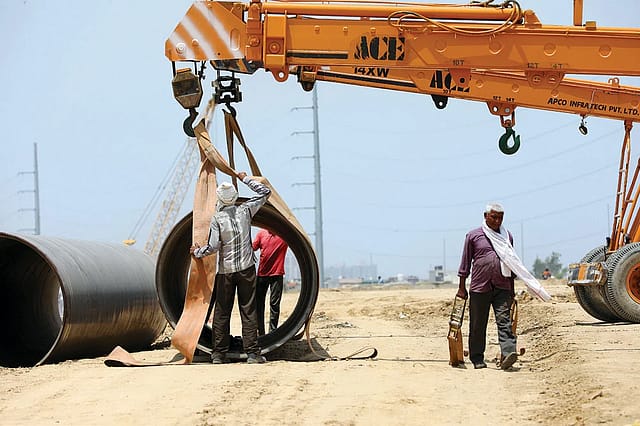Game Theory

THE CONTRASTING fortunes of the cricket teams of India and Pakistan reflect the contrasting trajectories of the two nations. Until the 1990s, Pakistan had the upper hand in the head-to-head cricket rivalry. In 1991, Pakistan also had a higher per capita income than India. More recently, India has the clear upper hand in cricket. In the game’s most modern format, T20, India has defeated Pakistan 12 times, losing just thrice. Today, India’s per capita income ismore than double that of Pakistan. In terms of size of the economy, there is no comparison, India being in the world’s top five. A nation’s relative prosperity spills over to its sporting performance. But can sport offer any lessons for a nation’s economy? Perhaps, Indian cricket can.
The rise of the Board of Control for Cricket in India (BCCI) as the world’s richest cricket body is a story of the last 25-30 years. No one comes a close second. Its wealth helps it to exercise enormous influence. That’s why the Indian Premier League (IPL) is the only domestic tournament that gets a window of its own from the International Cricket Council (ICC). That’s why Pakistan can do little about the snubs it received at the Asia Cup.India’s economic liberalisation enabled the rise of BCCI’s wealth and influence—without the growth of the Indian consumer and companies that serviced those consumers, there would be no resources to go around. But thereafter, BCCI outdid India.
Ironically enough, there is a great deal of overlap between those who have run BCCI over time and those who run India. Essentially, BCCI’s management is inextricably linked to India’s politics and the country’s prevailing power structures. Intuitively, one would think that would be a drag, but it hasn’t affected BCCI’s fortunes. Why?
First, on matters of the game, particularly selection, merit has prevailed. Only the best rise to the top after competing at various levels, whether it is age-group cricket, Ranji Trophy or IPL. Performance matters. It is difficult to stay at the top without delivering outcomes.
Second, the administration has focused its efforts on enabling cricketers. The huge resources of BCCI have been well spent on building world-class infrastructure across the length and breadth of India beyond traditional cricketing centres. This has expanded the pool of talent that can aspire to reach the top. BCCI has also ensured that cricketers, even those who don’t play IPL, make a decent livelihood. That has encouraged many more parents to let their children pursue the sport.
Third, the cricket board has leveraged the strength of Indian enterprise. IPL was a defining moment for Indian cricket. As T20 made its presence felt, the country which had the top league would be the centre of the game and its unfolding economics. To succeed, it required some risk-taking entrepreneurs to enter the fray, by buying franchises and buying cricketers through those franchises. The economics of the IPL have worked out well for all stakeholders because of the spirit of enterprise and robust business models involved.
Fourth, and this is perhaps the biggest success of BCCI, it has managed to institutionalise excellence and kept the politics of the board at arm’s length from the game on ground. In the event, even when BCCI went through difficult times with the removal of elected leadership and a Supreme Court-appointed administration, the tumult did not affect the quality of India’s cricket or its associated infrastructure.
Fifth, there is no giant, powerful bureaucracy in the administrative apparatus. The game is, more or less, directly run by the elected, whether at the BCCI level or state level. This keeps the administration in tune with feedback from the ground and enables nimble decision-making.
In a way, all of this is role-model stuff for running a country’s economy. Allow merit. Encourage competition and enterprise. Invest in individual talent. Build world-class infrastructure. Minimise bureaucracy. And let the economy be immune from the cycles of ups and downs in the polity.
